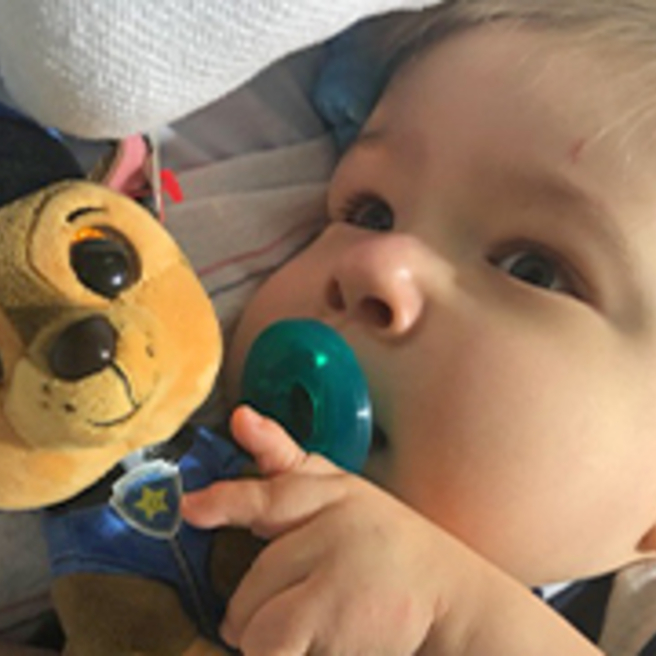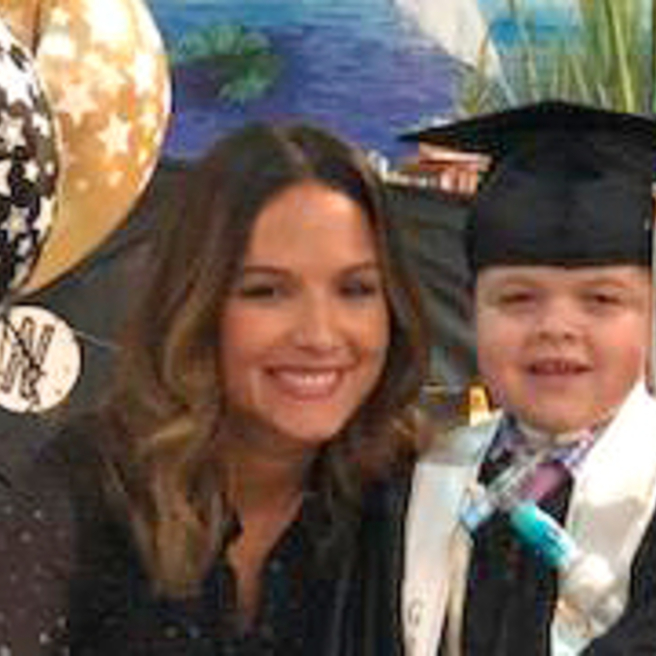What is Jeune syndrome?
Jeune syndrome is a rare inherited disorder that primarily affects the bones. Also called asphyxiating thoracic dystrophy. Children born with Jeune syndrome have a small chest and ribcage. The child may have life-threatening breathing problems because there isn’t enough room in the chest for the lungs to develop properly or to expand fully during breathing.
An estimated 1 in 100,000 to 130,000 babies are born with Jeune syndrome.
Signs and symptoms of Jeune syndrome
Some common signs of Jeune syndrome are:
- Narrow chest
- Short ribs
Other signs may include:
- Shortened bones in the arms and legs
- Short stature
- Extra fingers and toes
- Unusually shaped collarbone and pelvic bone
- Cone-shaped ends of the arm and leg bones
The majority of children born with Jeune syndrome have severe breathing problems. They may develop high blood pressure, liver disease, pancreatic cysts, dental abnormalities and retinal dystrophy, an eye disease that can lead to vision loss.
Cause of Jeune syndrome
Jeune syndrome is an autosomal recessive disease, which means both parents must pass a copy of the gene mutation to their child. When both parents carry the gene mutation that causes Jeune syndrome, each of their children has a 1:4 chance of being born with the disorder.
Testing and diagnosis for Jeune syndrome
Jeune syndrome may be detected prenatally through ultrasound imaging. More often, it is diagnosed after birth through X-rays. Genetic testing can also be used to confirm a diagnosis of Jeune syndrome.
Treatment of Jeune syndrome
Your child’s treatment will depend on the severity of the condition. Your child may need breathing support, such as intubation or a tracheostomy. Your child’s medical team may recommend vertical expandable prosthetic titanium rib (VEPTR) surgery — the most commonly used treatment for children with severe chest wall deformities.
During VEPTR surgery, one or more expandable titanium rods are attached to your child’s ribs near the spine. This will create space in your child’s chest for the lungs to develop more fully. As your child grows, you will return to Children’s Hospital of Philadelphia (CHOP) every four to six months to adjust the device. Adjustments are made through a small incision in your child’s back.
Outlook
Your child’s long-term outlook will depend greatly on the severity of the condition and which genes are involved. Respiratory problems among children with Jeune syndrome may ease with time. Some children will grow out of them after age 2, while others may need lifelong ventilator support. Up to 30 percent of children with Jeune syndrome develop renal abnormalities later in childhood. Some children develop liver problems and retinal disease, leading to night blindness and/or tunnel vision.
Long-term outcomes for children undergoing VEPTR surgery are generally good. Robert M. Campbell, Jr., MD, created the first expandable rib in 1988. Dr. Campbells’ extensive research shows a 70 percent survival rate as a result of VEPTR surgery, as opposed to 20 percent without intervention.
Jeune syndrome is a complex medical diagnosis that requires multidisciplinary support. CHOP is currently developing a pathway to treat this rare condition with a multi-disciplinary team that includes orthopedics, pulmonary, general surgery, ENT, neurosurgery and cardiology.
Follow-up care
If your child has VEPTR surgery, she will return to CHOP every four to six months for check-ups and to schedule expansion surgery. The expansions surgeries will continue until your child stops growing, generally between 10 and 16 years old.
Your child’s renal and liver function will be monitored regularly. Your child will also have regular eye exams to monitor retinal health.

Why choose CHOP
Children with chest wall and spine deformities that affect normal breathing can find life-saving treatment at the Wyss/Campbell Center for Thoracic Insufficiency Syndrome.
Resources to help
Wyss/Campbell Center for Thoracic Insufficiency Syndrome Resources
We have created resources – including videos and websites – to help you find answers to your questions and feel confident with the care you are providing your child.


